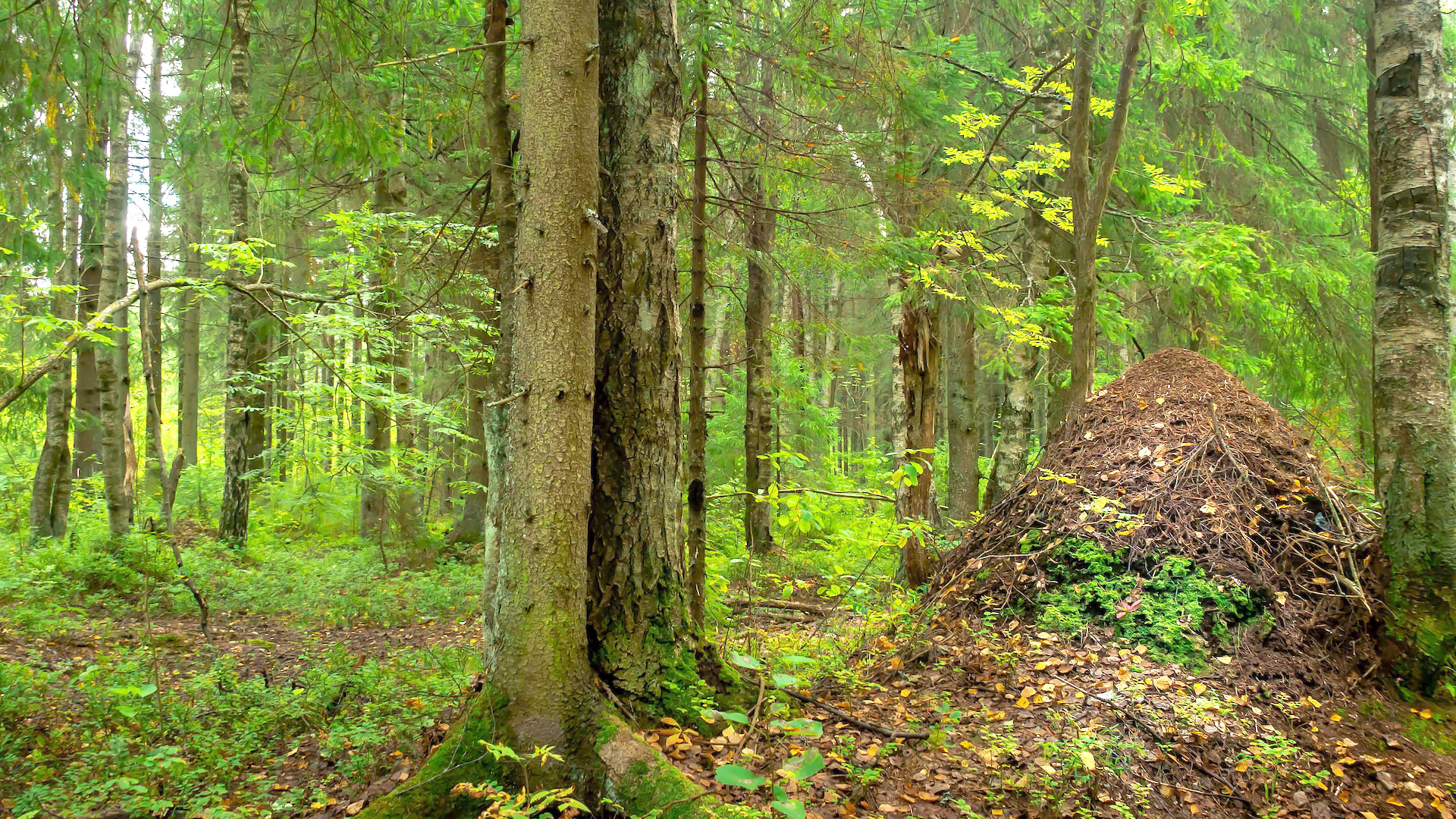Scroll for prep
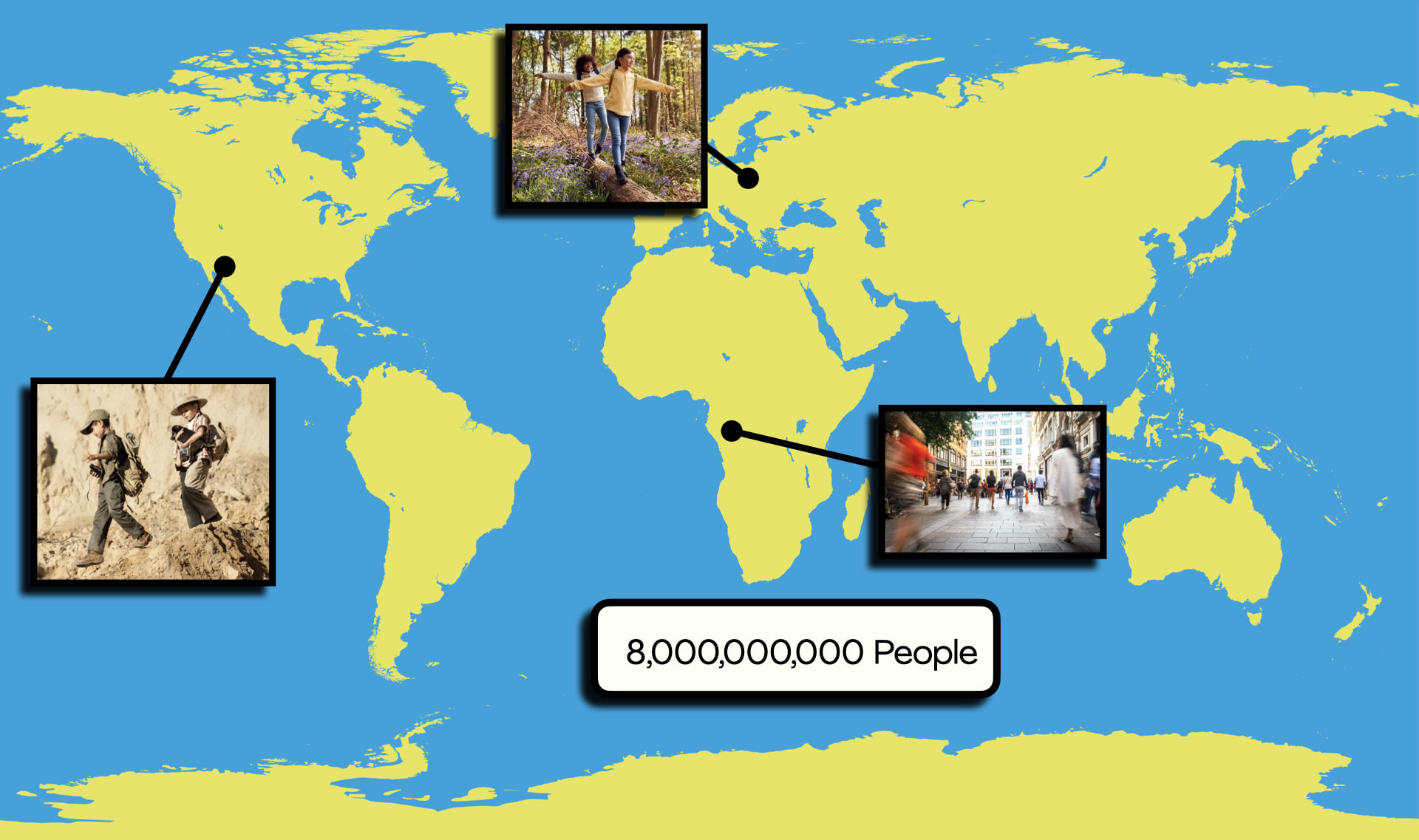
There are over eight billion people who live all around the Earth. People live in
deserts, and in forests, and in huge cities. Eight billion people is a lot of people!

But there is another kind of animal that completely outnumbers us. It lives almost
everywhere that there is land. There are over eight billion people on Earth—but
there are around 20 quadrillion of this animal. That might sound like a made-up
number, but it’s true!

There are so many of this animal that there’s a good chance that hundreds or
thousands of them are somewhere near you right now! Discuss. What kind of
animal do you think this is? And why do you think that?
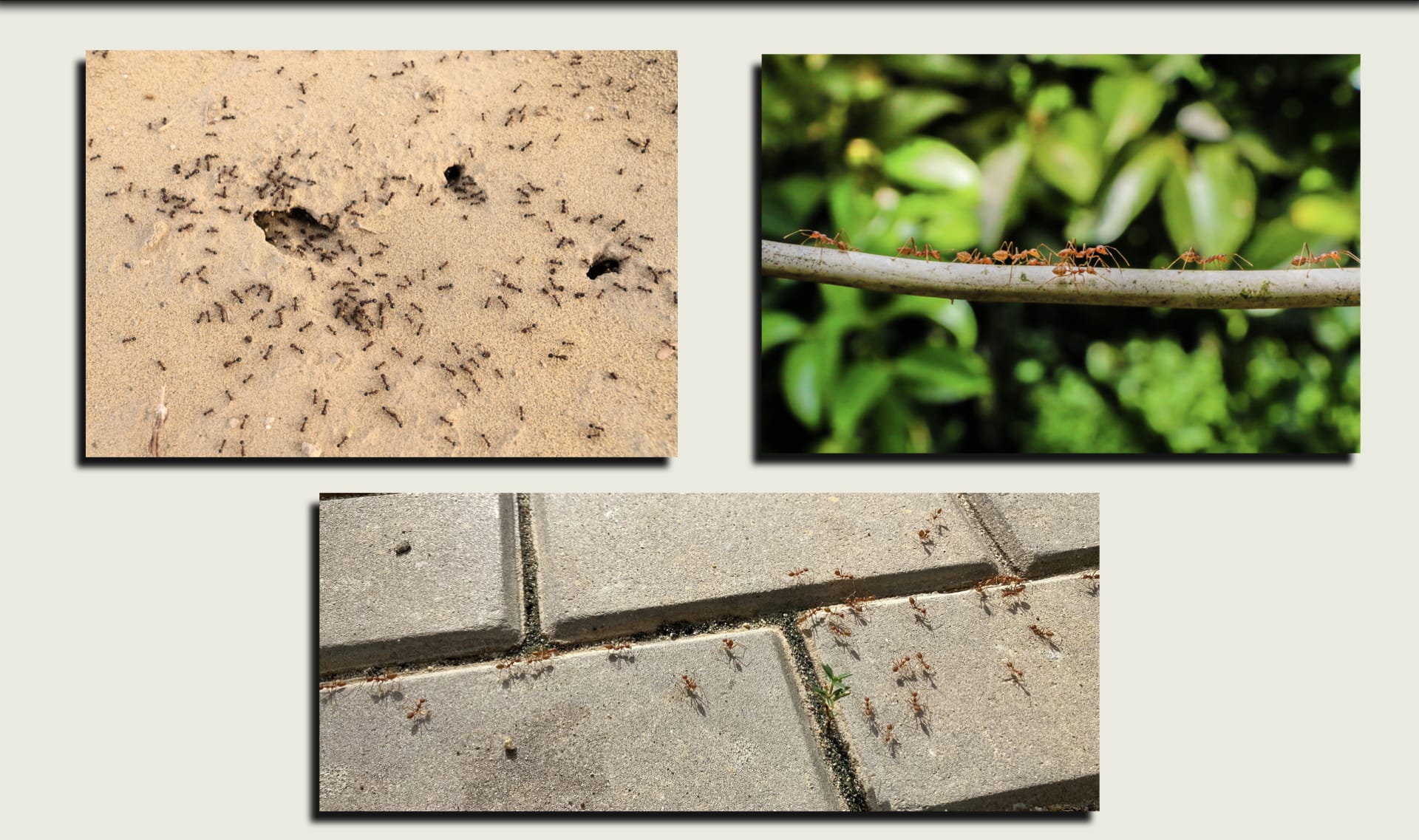
It’s ants! Ants are one of the most common kinds of land animals on Earth. They live
in hot, dry deserts. They live in the trees in cool, wet forests. They live in cities and
towns all around the world.

For many people, ants are pests. They can bite and sting, and even come into the
places where we live and eat our food!

But ants are one of the most successful animals because there are so many of
them and they live in so many places. Let’s try to figure out what makes ants so
successful.

Get a See-Think-Wonder Chart, or make your own with a large sheet of paper.
Your teacher will add your ideas to the class chart.

Discuss. What do you see that might help ants be successful? Look closely at
these pictures. Your teacher will record your answers in the See column of your
chart.
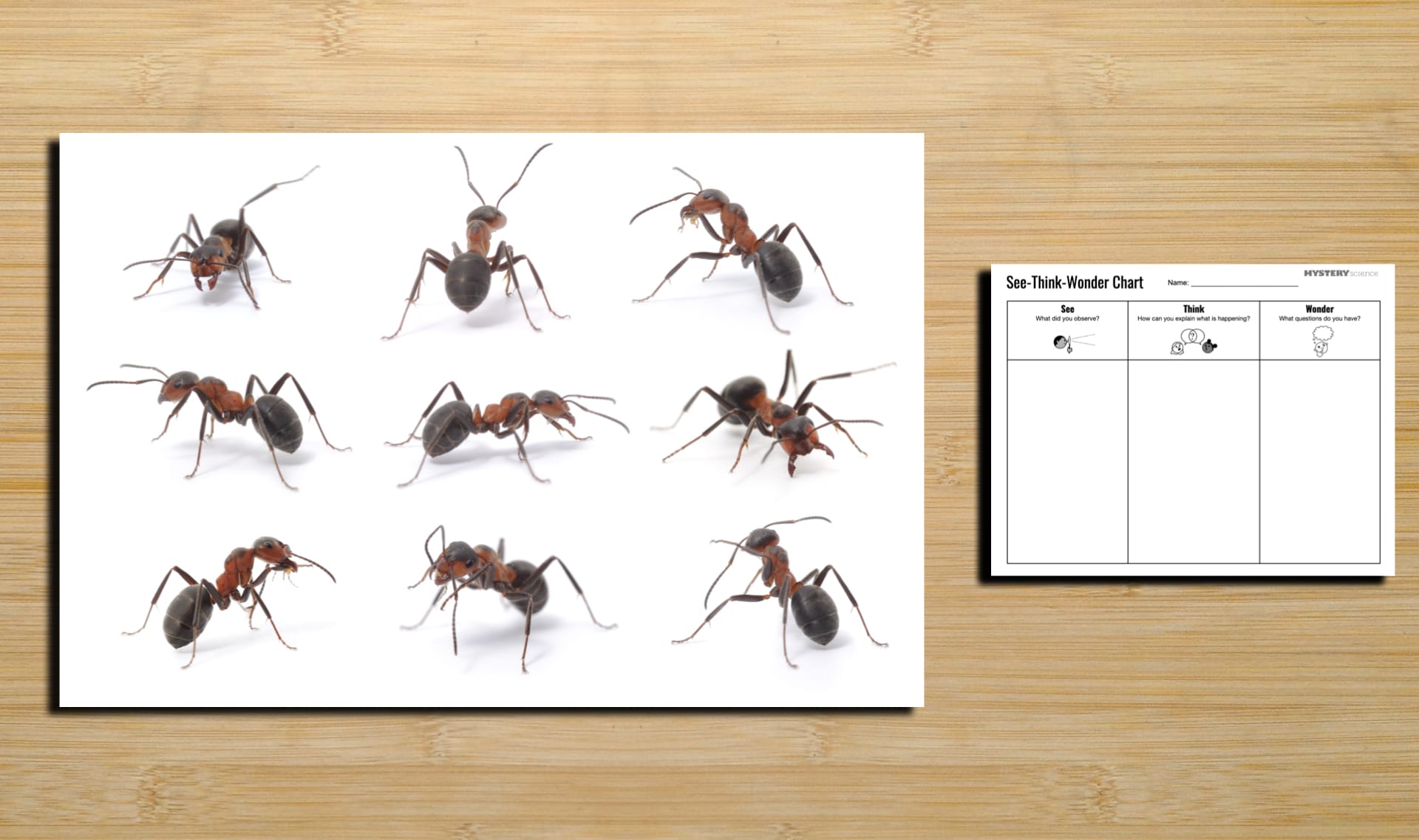
What do you think ants might do that helps them be successful? Come up with as
many ideas as you can. Your teacher will record your answers in the Think column
of your chart.

What do you wonder about ants? Your teacher will record your questions in the
Wonder column.
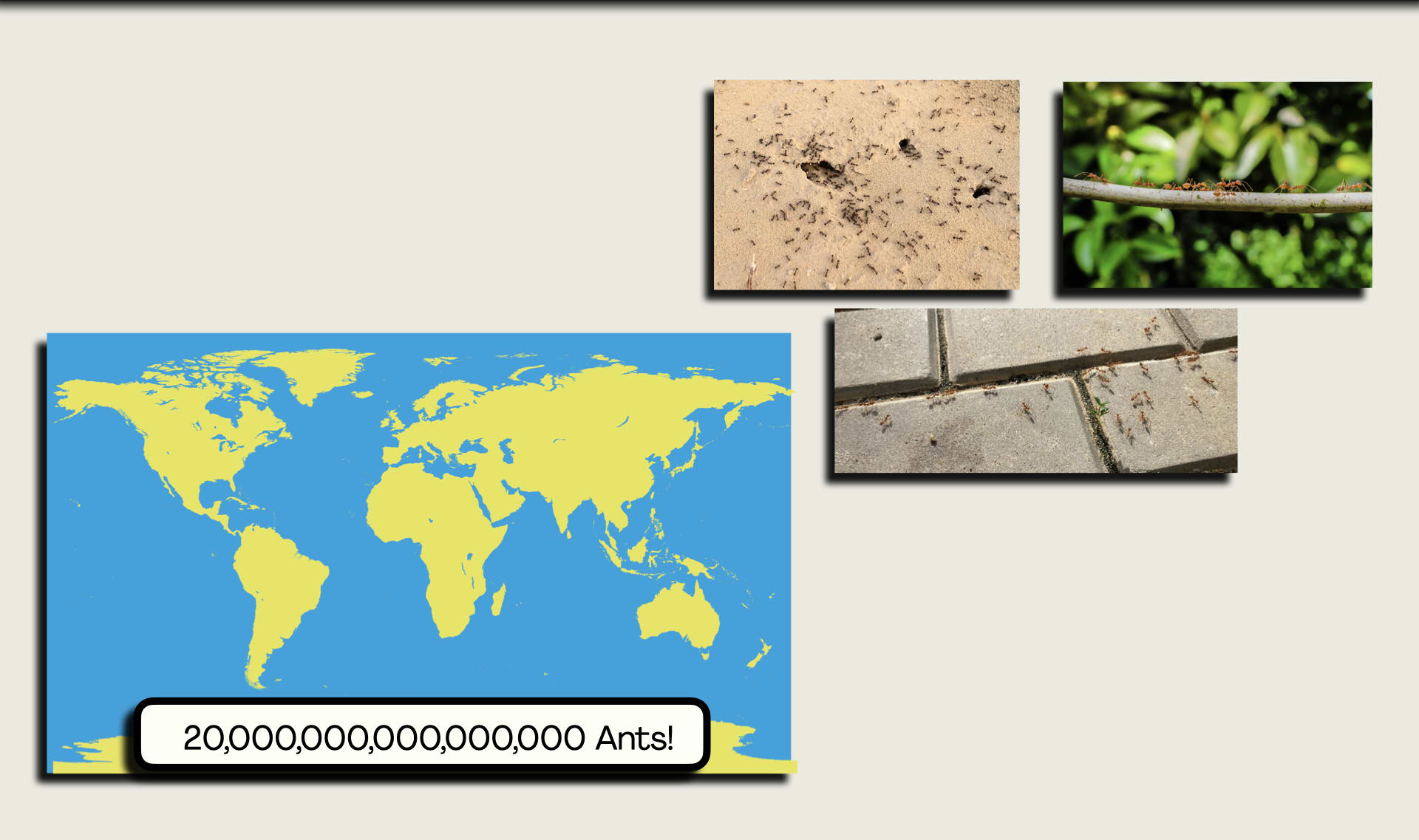
Step
01/03
01/03
Over the course of this unit, we’re going to learn about different
things that ants do to be successful. But before the unit starts,
you’re going to write or draw what you think ants do to be
successful.

Step
02/03
02/03
Get an Amazing Ants worksheet and write your name at the top.
Then write or draw what you think ants do to be so successful.

Step
03/03
03/03
Save your Amazing Ants worksheet. You will update it after each
lesson in this unit!
It's time to do some investigations! In this unit, you'll explore how living things survive and change over time.
At the end of the unit, you will use everything you've learned in a fun project.
Have fun, and stay curious!
🎉
That’s it for this lesson! How did it go?
Extend this lesson
Sign up now for more great lessons!
